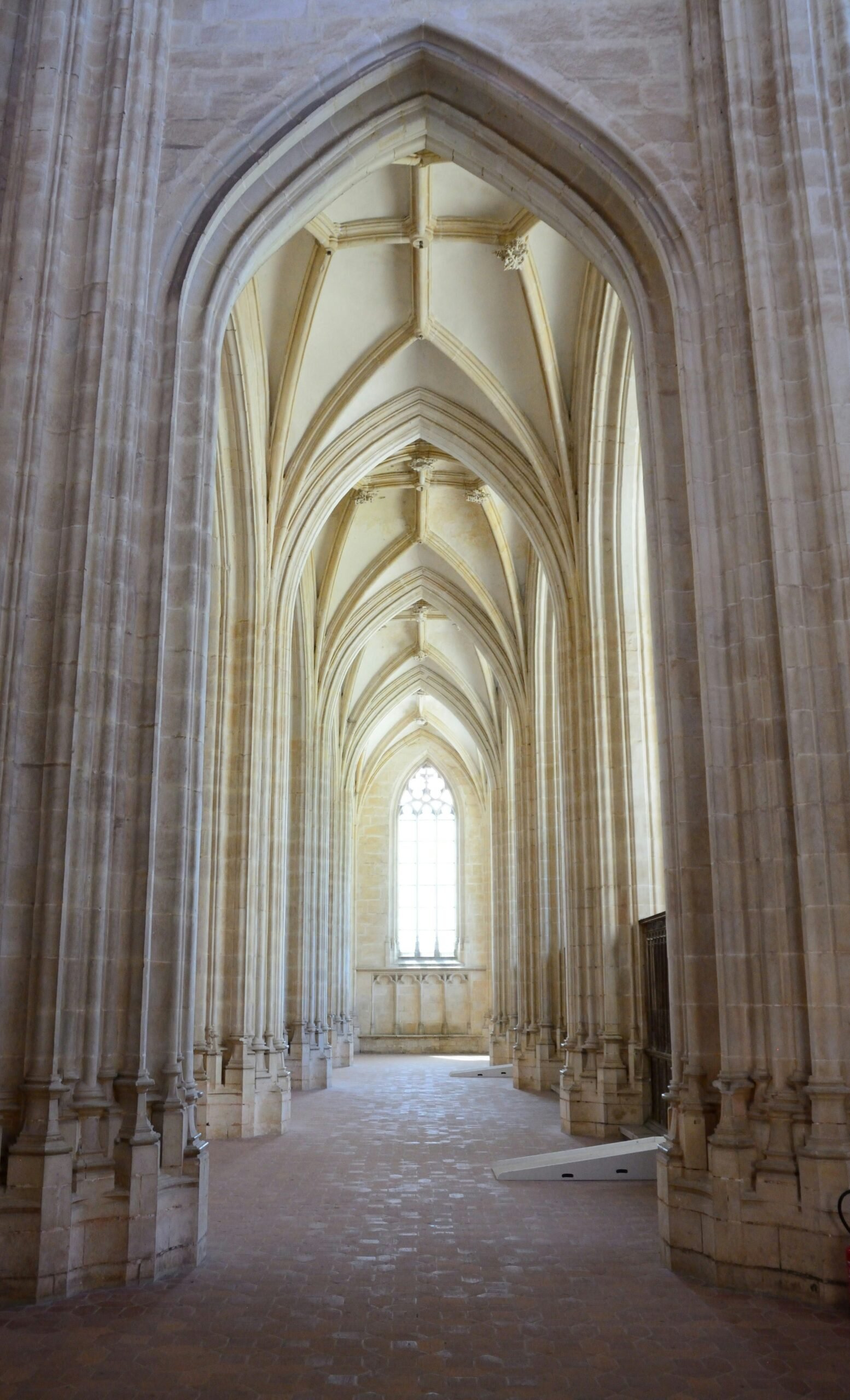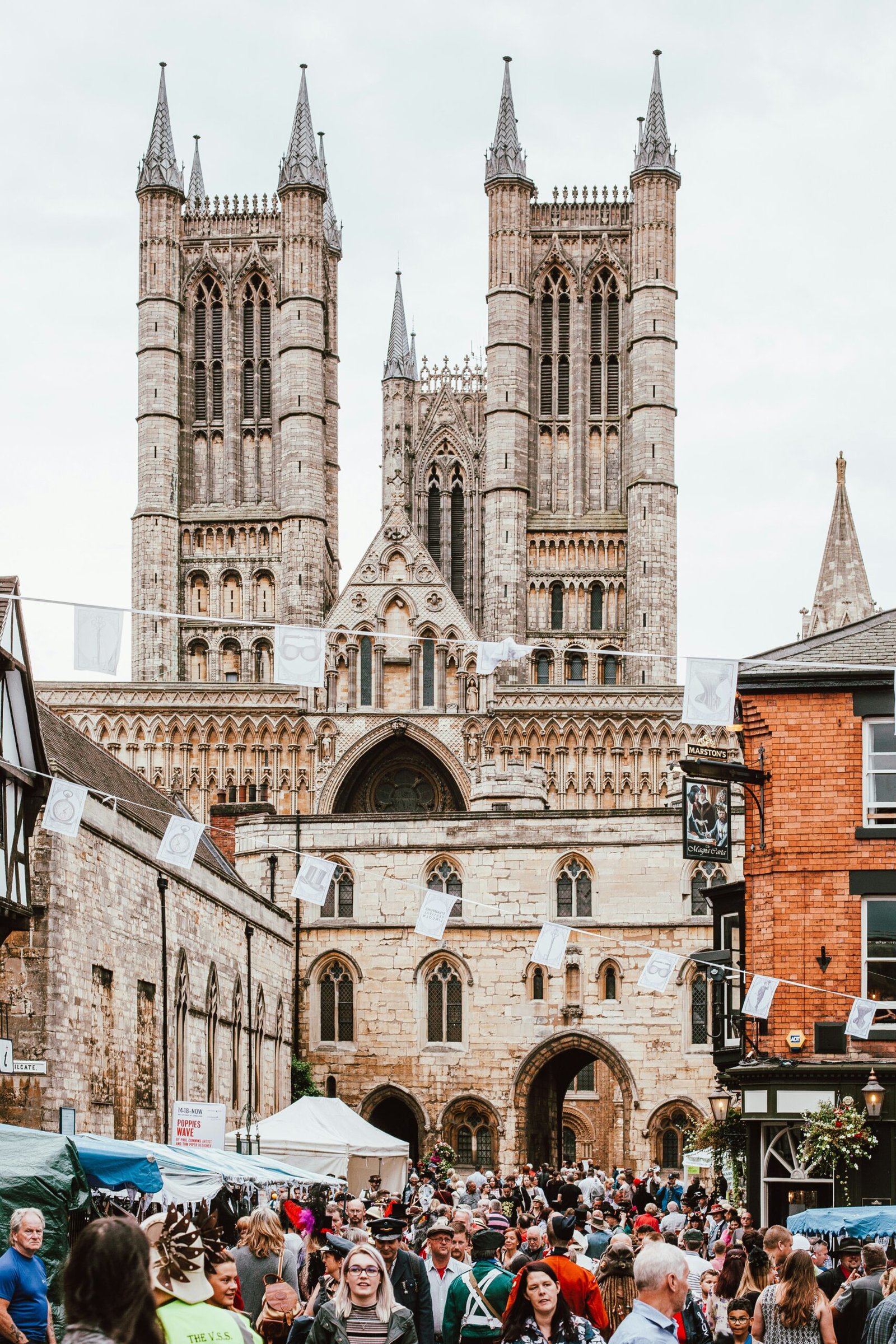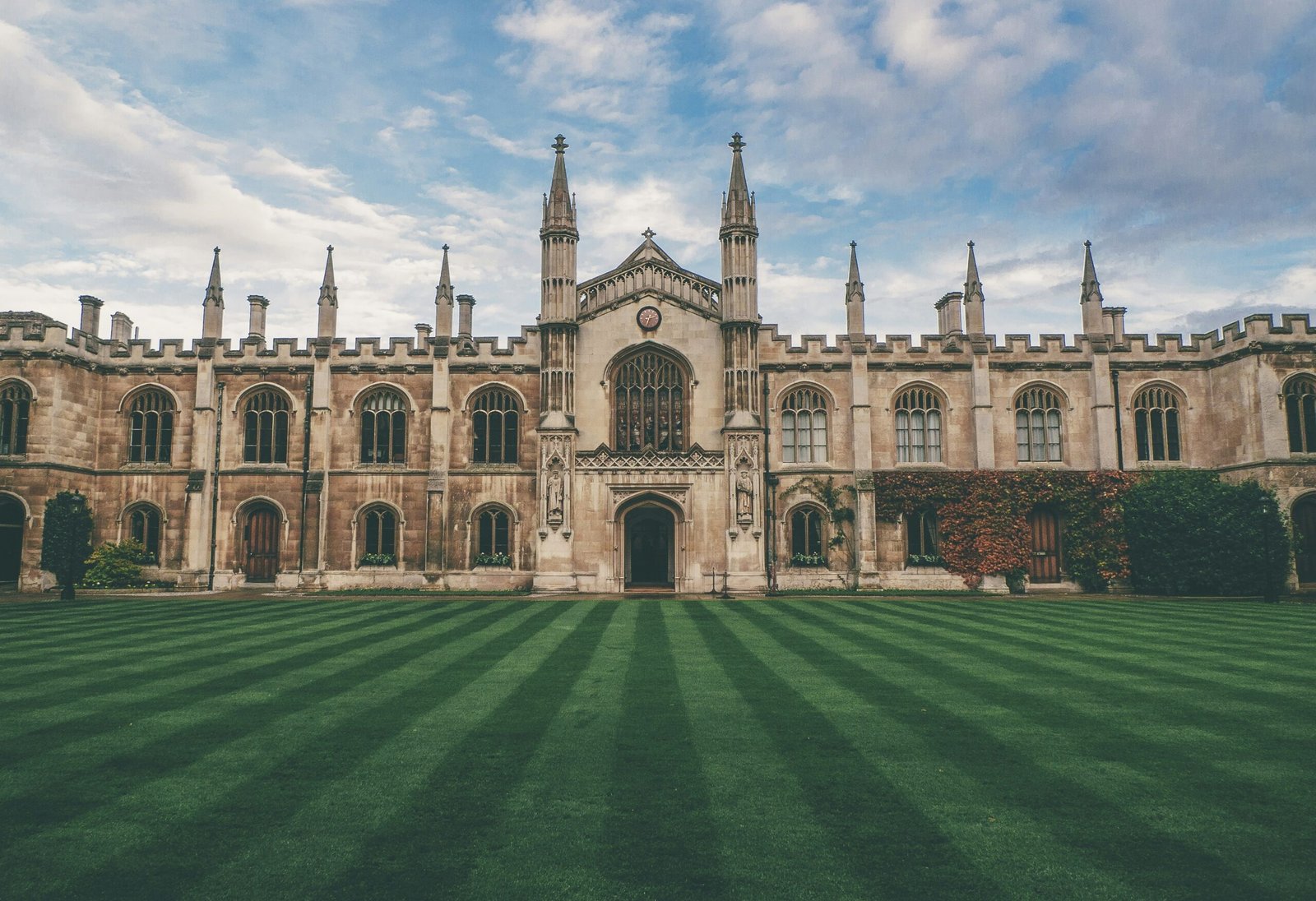Vincent van Gogh and the Gothic Influence
Have you ever wondered if Vincent van Gogh had a goth phase in his artistic career? The exhibition “Gothic Modern: From Darkness to Light” explores this question and sheds light on how modern artists, including van Gogh, were inspired by the Gothic art of the Middle Ages. Von Bonsdorff theorizes that van Gogh’s painting of a skeleton with a burning cigarette was a nod to the medieval Dance of Death, updated with a modern twist.
Influence of Gothic Art
Gothic art, characterized by its intricate and detailed style, often depicted religious themes and symbols. The prevalence of darker imagery in Gothic art, such as skulls and skeletons, resonated with artists like van Gogh in the late 19th century. The exhibition at the Ateneum Art Museum showcases how modern artists drew inspiration from the dark, gothic aesthetic and reinterpreted it in their own unique styles.
Interpretation of “Head of a Skeleton With a Burning Cigarette”
Van Gogh’s painting, “Head of a Skeleton With a Burning Cigarette,” challenges traditional interpretations of still life and portraiture. By infusing the image of a skull with a modern element like a cigarette, van Gogh created a piece that straddles the line between humor and morbidity. The museum director’s theory on the painting’s connection to the medieval Dance of Death adds depth to our understanding of van Gogh’s artistic influences.

Evolution of Modern Art Movements
The traditional narrative of art history often follows a linear progression from one movement to another, leading to the birth of abstraction and modernism. However, the “Gothic Modern” exhibition takes a different approach by highlighting the interconnectedness of various art movements and influences. Rather than viewing art as a linear evolution, the exhibition encourages visitors to see modern art as a complex web of inspirations and reinterpretations.
Challenging Conventional Art History
By showcasing works that defy categorization and blur the boundaries between different artistic styles, “Gothic Modern” challenges the traditional narrative of art history. Instead of neatly fitting artists into specific movements, the exhibition highlights the fluidity and interconnectedness of artistic expression. This approach allows viewers to appreciate the diverse influences that shape modern art and how artists like van Gogh drew inspiration from unexpected sources.
Reimagining the Avant-Garde
The avant-garde, a term often associated with radical and experimental art movements, is reimagined in the context of Gothic influences in “Gothic Modern.” Rather than viewing the avant-garde as a linear progression towards modernity, the exhibition suggests that modern artists drew inspiration from a variety of sources, including medieval art. By exploring the Gothic roots of modern art, viewers gain a deeper appreciation for the complexity and diversity of artistic expression.

Visitor Experience at the Ateneum Art Museum
If you’re planning a visit to the Ateneum Art Museum in Helsinki, the “Gothic Modern: From Darkness to Light” exhibition offers a unique perspective on the evolution of art. From van Gogh’s reinterpretation of Gothic themes to the interconnectedness of different art movements, the exhibition provides a rich tapestry of artistic influences and inspirations.
Navigating the Exhibition
As you walk through the exhibition halls at the Ateneum Art Museum, you’ll encounter a diverse range of artworks that challenge conventional notions of modernity. From dark and brooding pieces that echo the Gothic aesthetic to vibrant and colorful works that defy traditional categorizations, the exhibition invites visitors to explore the nuanced relationship between past and present artistic movements.
Engaging with Art History
Whether you’re a seasoned art enthusiast or a casual visitor, “Gothic Modern” offers a thought-provoking glimpse into the intertwined histories of art. By showcasing how artists like van Gogh drew inspiration from the medieval era, the exhibition prompts viewers to reconsider the linear narrative of art history. Engage with the artworks on display and reflect on the diverse influences that shape the ever-evolving landscape of modern art.

Conclusion: Embracing Complexity in Art
In conclusion, the “Gothic Modern: From Darkness to Light” exhibition at the Ateneum Art Museum challenges visitors to expand their understanding of modern art beyond traditional boundaries. By exploring the gothic influences on artists like Vincent van Gogh, the exhibition invites viewers to embrace the complexity and diversity of artistic expression. Next time you visit a museum or gallery, consider how different artistic movements and inspirations intersect to shape the art we see today. Art is more than a linear progression; it’s a rich tapestry of influences that continue to evolve and inspire.








